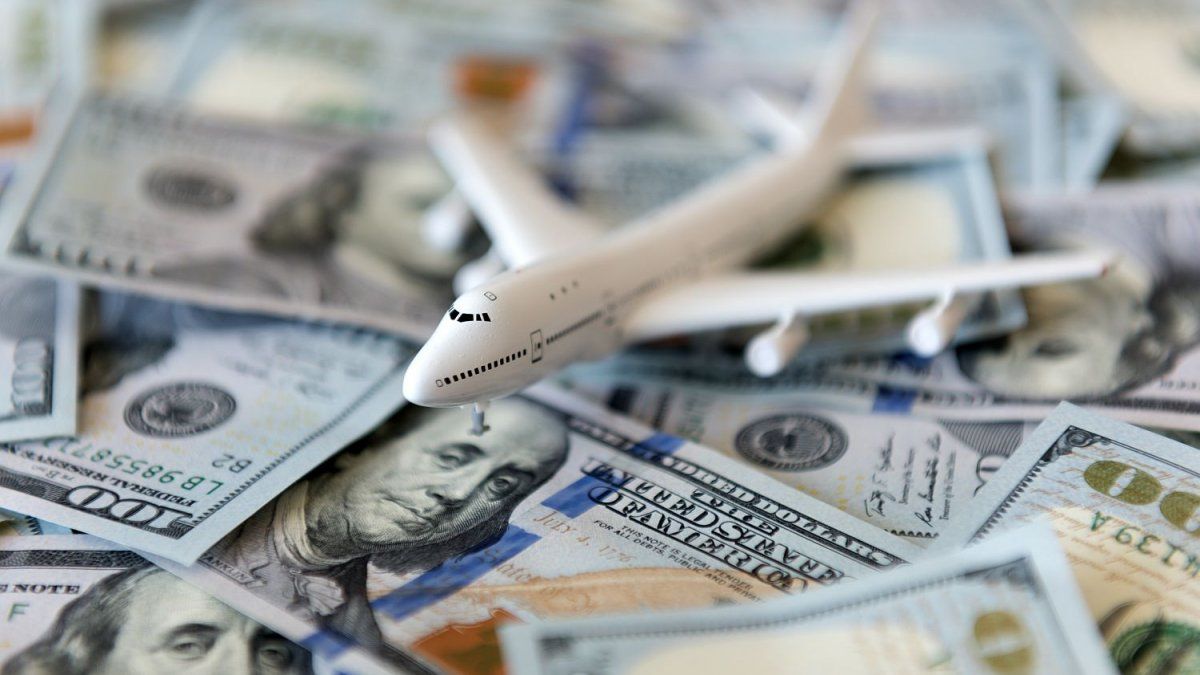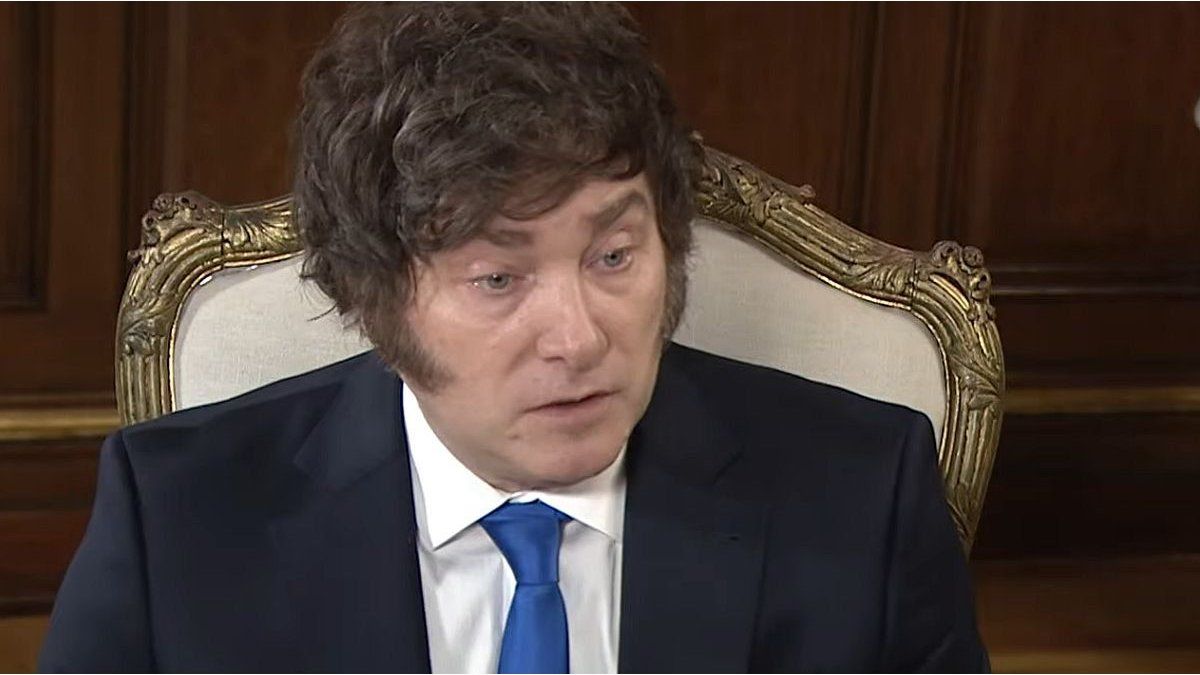The card dollar or tourist dollar, known for being the highest exchange rate on the market, will undergo a readjustment starting next Monday. This modification comes after the elimination of the Tax COUNTRYwhich imposed an additional 30% on dollar operations related to purchases abroad, travel and savings.
Although the tax was eliminated, the Government decided to maintain the perception of the 30% of Income Taxregulated by the General Resolution 5617/2024 of the Customs Collection and Control Agency (ARCA).
Starting next week, the new price of dollar card will be calculated based on the value of the retail selling dollar of Banco Nación, and will be located around the $1,355.25 per unit, a reduction compared to the $1,668 current. This adjustment will be made on a daily basis, given the crawling peg of the Central Bank, which allows a controlled devaluation of up to 2% monthly.
He COUNTRY taximplemented in 2020, applied a 30% tax to various dollar operations, such as international purchases, travel, and savings in foreign currency. Despite its expiration December 22, 2024the Government decided not to extend it. Instead, the ARK adapted the current regime through the General Resolution 5617/2024which adjusts the bases of the collection scheme to ensure the continuity of the tax on operations related to the use of dollars abroad.
The antecedent
The president of the Central Bank, Santiago Bausili, highlighted in recent days that the economic team does not consider it worrying the outflow of foreign currency due to the use of credit cards abroadensuring that the impact of this situation will be moderated with the elimination of the PAIS Tax.
According to Bausili, the price of the dollar in this context will be lower, and it is estimated that approximately half of consumption abroad is covered with its own dollars, such as those acquired in the MEP market, while the other half has a direct impact on the country’s net reserves.
The president of the BCRA explained that, according to available data, “half of the dollars consumed abroad come from net reserves, and the other half leaves the market.” In this sense, he stressed that the difference in the exchange rate, like the card dollar, is small at the individual level, which justifies many consumers agreeing to pay higher rates instead of resorting to purchasing MEP dollars.
End to the card and tourist dollar (only 5% is withheld from cash payments)
The reduction in the price of the card dollar will be moderate, but the adjustment in the perception of Income Tax will maintain the impact.
As an example, he mentioned that a user of streaming platforms who pays $9.99 would prefer to accept the additional cost associated with the card dollar instead of going through the process of purchasing MEP dollars to pay for the service.
Faced with this situation, the government chose to eliminate the PAIS Tax, even though this could generate an increase in the tourism deficit, which has already registered record consumption of foreign currency through cards. The Casa Rosada had to choose between increasing the tax burden to contain the exchange rate in the tourism market or allowing the elimination of the tax to make travel abroad and consumption in dollars, such as payments for streaming services, more accessible.
A report by the consulting firm Analytica warned about the risk that the elimination of the PAIS Tax in the exchange rate of the card dollar could take the tourist exchange rate to levels lower than those of January 2017 and 2018, when the deficit in the exchange account exceeded the 1.6 billion dollars adjusted to current values. This could have a considerable impact on the Central Bank’s reserves and the sustainability of the economy in the short term.
Source: Ambito
I am an author and journalist who has worked in the entertainment industry for over a decade. I currently work as a news editor at a major news website, and my focus is on covering the latest trends in entertainment. I also write occasional pieces for other outlets, and have authored two books about the entertainment industry.




